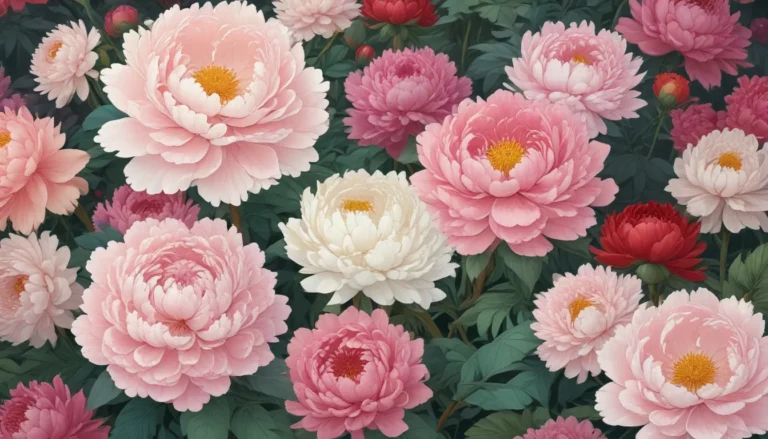A Comprehensive Guide to Solving Fuchsia Flowering Problems

Fuchsia plants are a coveted addition to any garden, thanks to their incredibly beautiful and vibrant flowers. However, if your fuchsia isn’t flowering as expected, it can be quite disappointing. In this in-depth guide, we will explore seven common reasons why your fuchsia may fail to bloom and provide actionable solutions to help you resolve the issue.
1. Diseases
Fuchsias are susceptible to various diseases, primarily fungal in nature. One common disease that can prevent flowers from forming is Botrytis blight, also known as gray mold, caused by Botrytis cinerea. Good sanitation practices, such as avoiding overcrowding of plants and watering at the soil level, can help prevent this disease. In case of an outbreak, a product containing beneficial bacteria Bacillus amyloliquefaciens strain D747 can be used for effective treatment.
2. Failure to Deadhead
Proper deadheading is essential to ensure continuous flower production in fuchsia plants. Pinching off fading flowers before they develop berries is crucial for encouraging new blossom formation. Some cultivars may continue to bloom without deadheading, but it’s recommended to remove fading flowers to promote ongoing flowering.
3. Lack of Nutrients
Regular fertilization is key to providing fuchsia plants with the energy they need to produce buds and flowers. Fuchsias, especially those grown in pots, require a high-phosphorus fertilizer labeled for flowering plants. Some recommended options include Down to Earth’s Rose and Flower Mix, bone meal products, or Miracle-Gro Bloom Booster.
4. Pests
Pests, such as fuchsia gall mites and aphids, can prevent fuchsia buds from opening and flowering. Proper identification and treatment methods, including predatory mites like Amblyseius andersoni, are essential to combat these infestations and promote healthy flower development.
5. Pruning at the Wrong Time
Pruning is crucial for maximizing blooming in fuchsia plants. While early pruning encourages new growth and flower production, pruning older growth can inhibit flower formation. It’s important to find the right balance between pruning too much and too little to ensure optimal flowering.
6. Transplanting
Transplanting can temporarily reduce flowering and growth in fuchsia plants due to root disturbance. Minimizing stress during transplanting by carefully handling the roots and ensuring adequate watering can help the plant recover and resume flowering.
7. Wrong Light Exposure
Contrary to popular belief, fuchsia plants prefer brighter light in cool, wet climates rather than shade. Insufficient light can hinder flower bud development, while excessive sun exposure can cause buds to drop off prematurely. Adjusting the plant’s light exposure to partial shade can help promote flower formation.
Keep the Blooms Coming
By addressing the common reasons for fuchsia flowering issues outlined in this guide, you can help your plants thrive and bloom beautifully. Whether you have a double-flowered trailing type or an upright variety, understanding how to care for your fuchsia plants will ensure they continue to dazzle with their stunning flowers.
We hope this comprehensive guide has equipped you with the knowledge and tools to overcome any flowering challenges your fuchsia plants may face. For more expert advice on fuchsia care and cultivation, be sure to explore our additional articles on topics such as harvesting and saving fuchsia seeds, growing fuchsia as an indoor houseplant, and troubleshooting common fuchsia issues.
What are your favorite fuchsia varieties, and how do you encourage them to bloom abundantly? Share your experiences and tips in the comments below. Let’s keep those fuchsia flowers thriving!
In the end, growing fuchsia plants that bloom profusely requires attention to detail and proper care. By understanding the potential reasons for poor flowering and implementing the suggested solutions, you can ensure your fuchsia plants thrive and showcase their magnificent blooms. Remember, a little extra care goes a long way in keeping your fuchsia plants healthy and vibrant!





